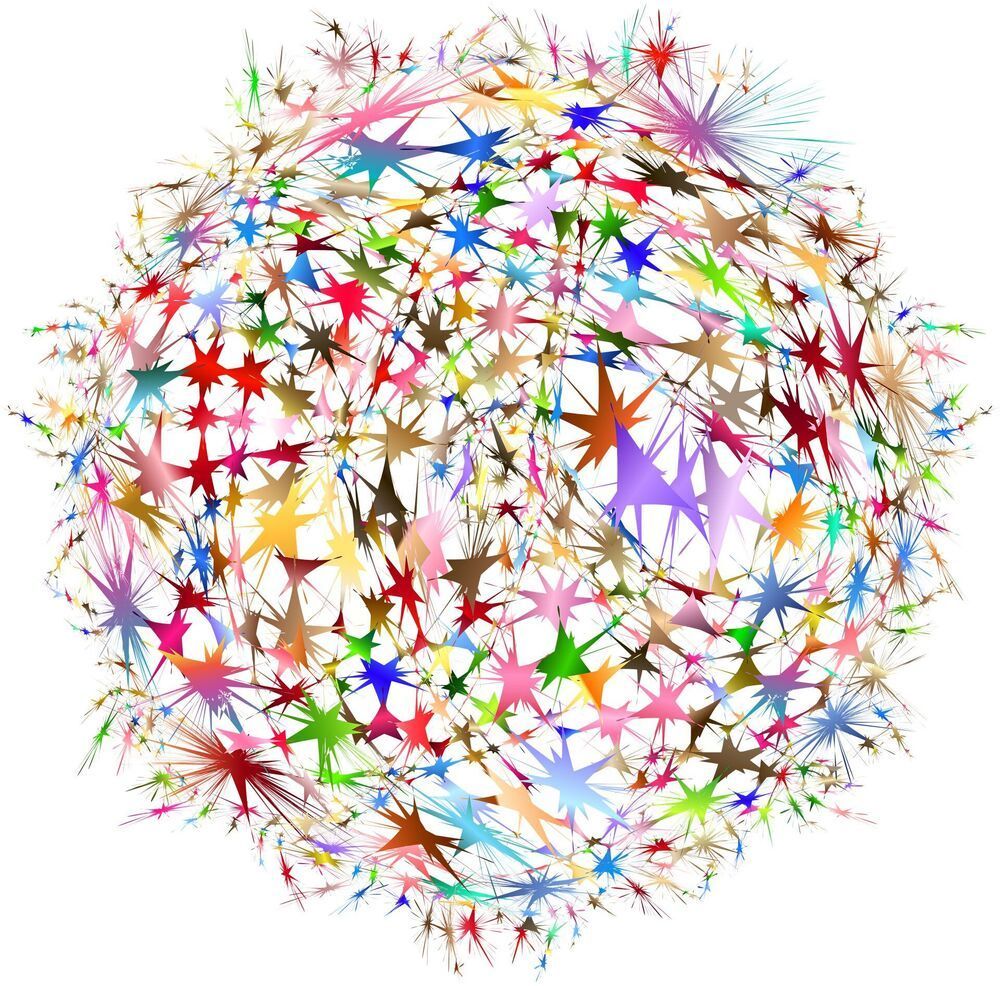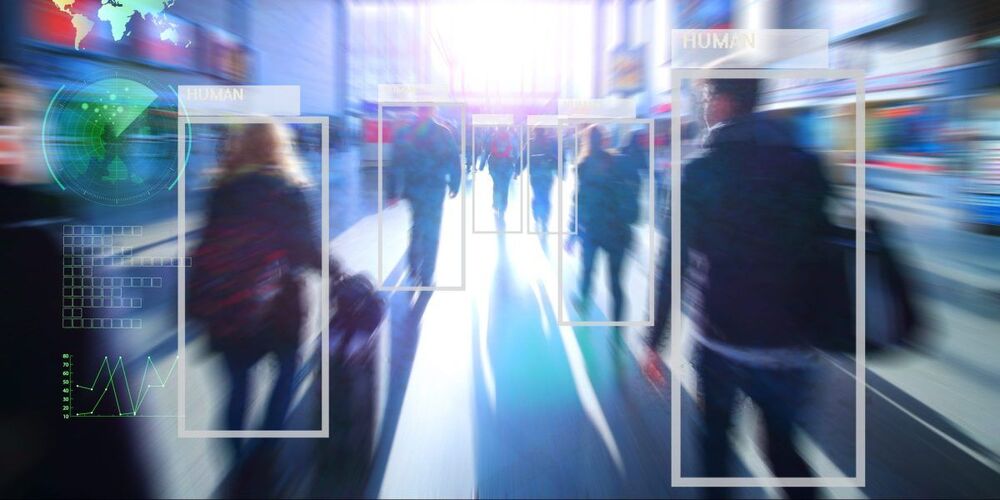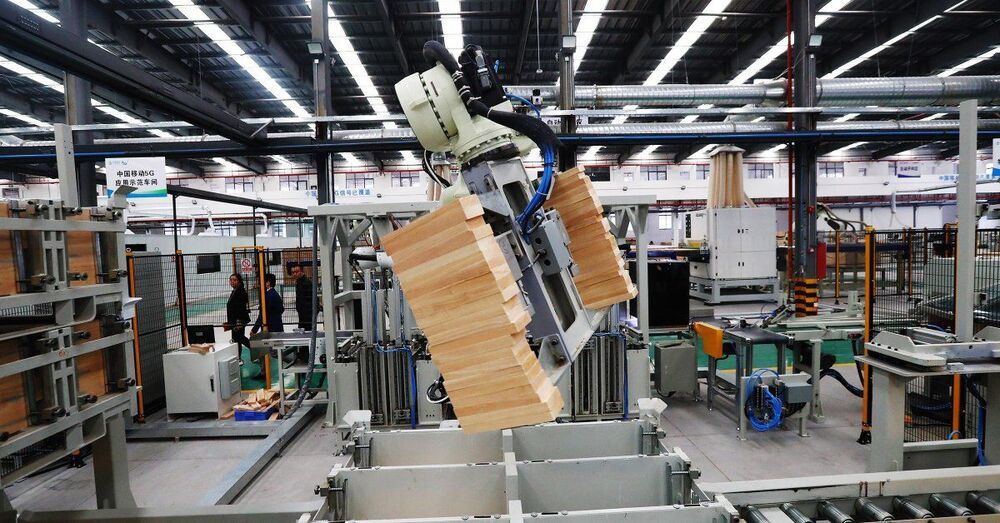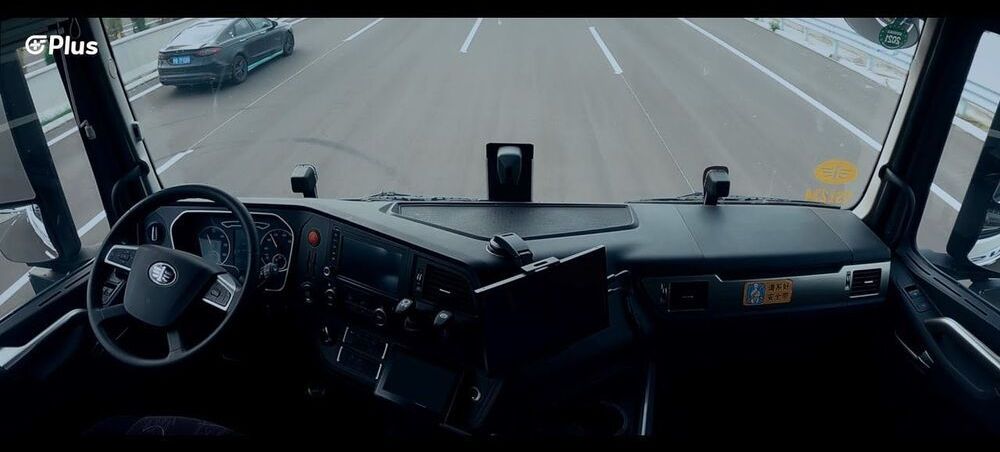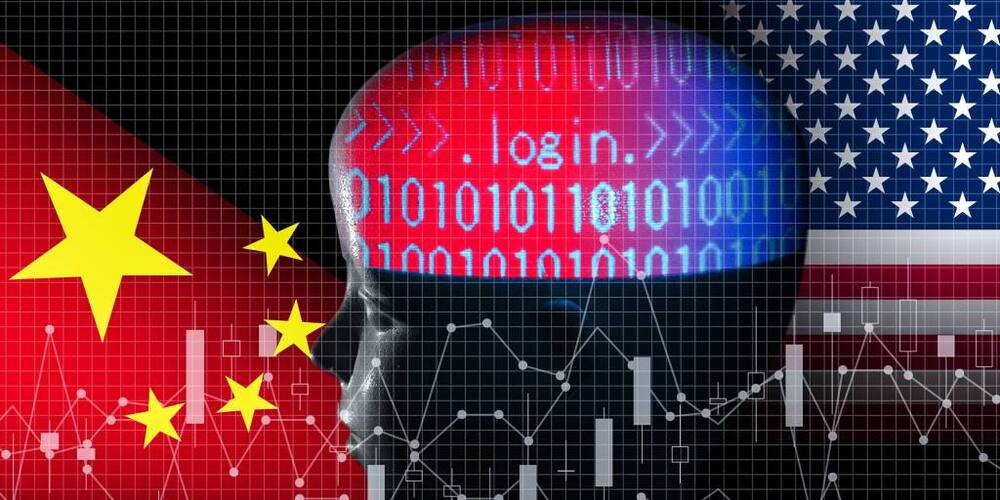Artificial intelligence research company OpenAI has announced the development of an AI system that translates natural language to programming code—called Codex, the system is being released as a free API, at least for the time being.
Codex is more of a next-step product for OpenAI, rather than something completely new. It builds on Copilot, a tool for use with Microsoft’s GitHub code repository. With the earlier product, users would get suggestions similar to those seen in autocomplete in Google, except it would help finish lines of code. Codex has taken that concept a huge step forward by accepting sentences written in English and translating them into runnable code. As an example, a user could ask the system to create a web page with a certain name at the top and with four evenly sized panels below numbered one through four. Codex would then attempt to create the page by generating the code necessary for the creation of such a site in whatever language (JavaScript, Python, etc.) was deemed appropriate. The user could then send additional English commands to build the website piece by piece.
Codex (and Copilot) parse written text using OpenAI’s language generation model—it is able to both generate and parse code, which allowed users to use Copilot in custom ways—one of those ways was to generate programming code that had been written by others for the GitHub repository. This led many of those who had contributed to the project to accuse OpenAI of using their code for profit, a charge that could very well be levied against Codex, as well, as much of the code it generates is simply copied from GitHub. Notably, OpenAI started out as a nonprofit entity in 2,015 and changed to what it described as a “capped profit” entity in 2019—a move the company claimed would help it get more funding from investors.
